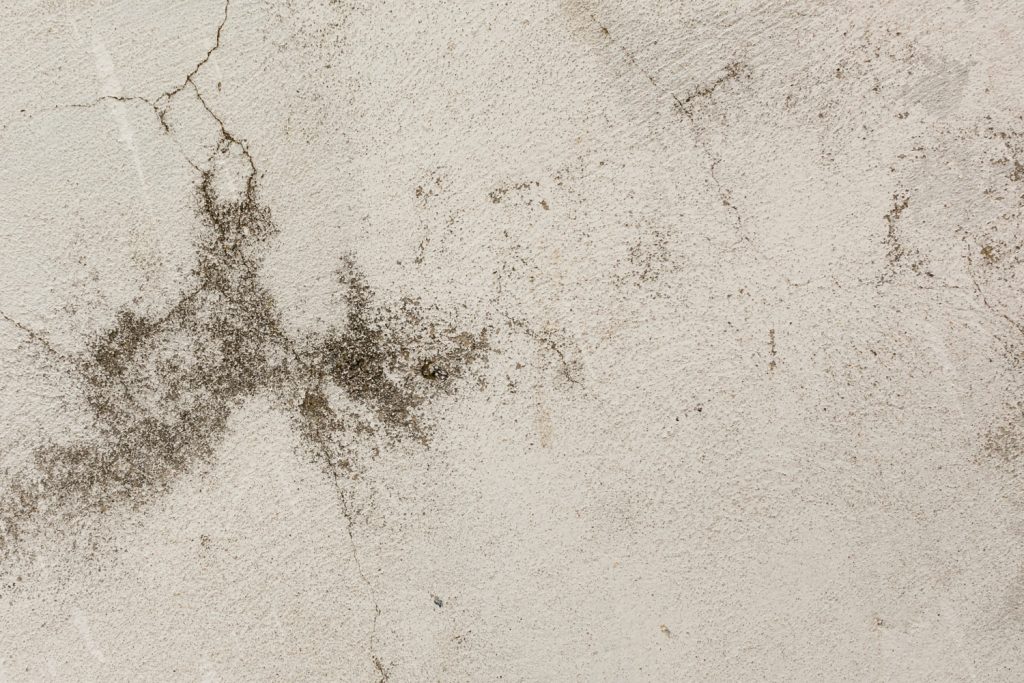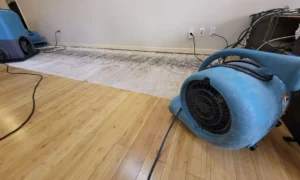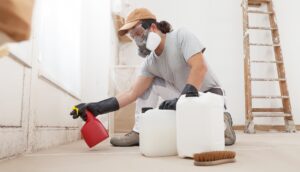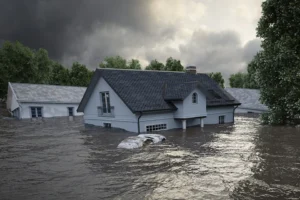Mold is not just an unsightly nuisance—it can also severely threaten your health and home. Spores can spread quickly, causing damage to walls, ceilings, and personal belongings. They can also worsen allergies and respiratory conditions, making it essential to keep your home mold-free.
The good news is that with a little effort and the proper knowledge, you can prevent mold from taking root in your Mukilteo house. Understanding what causes mold growth is the first step in the battle. Once you know the common triggers, you can take practical steps to prevent mold from getting a foothold.
This article will help you understand mold’s causes, give practical tips for preventing it, teach you how to remove it if it does appear, and suggest ways to maintain a mold-free home. By following these steps, you can protect your home and your health from the harmful effects of mold.
Understanding What Causes Mold Growth
Mold thrives in environments where moisture, warmth, and poor ventilation coexist. In your Mukilteo home, several factors can contribute to mold growth. One of the main culprits is humidity. When the air in your home is too moist, it creates the perfect breeding ground for mold. This often happens in bathrooms, kitchens, and basements where steam and water are standard.
Leaks are another significant cause of mold. Whether it’s a roof leak, a leaking pipe, or even condensation around windows, water can seep into walls, floors, and ceilings, remaining hidden until the mold has already grown. Poor ventilation can worsen the problem, trapping moisture in the air and surfaces. Keeping a space closed off, like an attic or basement, can lead to dampness buildup, giving mold a place to thrive.
Lastly, organic materials such as wood, paper, and fabric can attract mold when wet. Mold feeds on these materials and spreads quickly once it starts. Understanding these causes is the first step towards controlling mold growth in your home.
Practical Tips to Prevent Mold in Your Home
Several simple steps can keep mold out of your home. First, control the humidity levels. Use dehumidifiers in damp areas like basements and bathrooms. Aim to keep indoor humidity below 60%. You can use a hygrometer, a small device that measures humidity, to monitor levels in different rooms.
Fix leaks as soon as you find them. Regularly inspect your roof, plumbing, and windows for any signs of water damage or leaks. Even small leaks can lead to big mold problems if left untreated. Dry any wet areas within 24-48 hours to prevent mold from forming.
Good ventilation is critical to preventing mold. Use exhaust fans when cooking, showering, or running the dishwasher. Suppose you don’t have exhaust fans; open windows to let fresh air in. Ensure that clothes, dryers, and stoves vent outside your home. Also, keep your gutters clean to prevent water pooling near your house.
Another tip is to use mold-resistant products. When building or renovating, choose mold-resistant drywall or paint for moisture-prone areas. Avoid carpeting in damp areas like bathrooms or basements.
Effective Ways to Remove Mold
If you discover mold in your home, acting quickly to remove it is essential. Start by protecting yourself. Wear gloves, a mask, and goggles to avoid touching or inhaling mold spores. Homeowners can usually handle small mold patches, but larger infestations might require professional help.
To remove mold, scrub the affected area with soap and water. Make sure to use a stiff brush to get into crevices and cracks. After cleaning with soap, apply a mixture of one cup of bleach to one gallon of water. Let the bleach solution sit for at least 15 minutes to kill any remaining mold spores, then rinse the area with clean water.
For non-bleach alternatives, vinegar and baking soda work well. Spray white vinegar directly onto the moldy area and let it sit for at least an hour before scrubbing and rinsing. You can also mix baking soda with water to create a scrubbing paste. Apply the paste to the moldy spot, wash thoroughly, and rinse with water.
Remember to dry the cleaned area thoroughly to prevent mold from regrowing. Use fans to speed up the process, and keep an eye on the spot to ensure the mold doesn’t return.
Maintaining a Mold-Free Environment
Keeping your home mold-free doesn’t stop after removing existing mold. Regular maintenance is critical. Start by controlling humidity with dehumidifiers or air conditioners, especially during the wet seasons. Consistent humidity control helps create a less favorable environment for mold growth.
Regular inspections are essential. Check areas prone to moisture, like the basement, attic, and bathroom, for any signs of mold or leaks. Fix leaks promptly and dry any wet areas immediately. Even small puddles or condensation can lead to mold if left unchecked.
Clean and repair gutters regularly. Blocked drains can overflow and cause water to seep into your home’s foundation, creating the perfect conditions for mold. Ensure that your landscaping directs water away from your home to reduce basement and foundation dampness.
Also, consider using mold-resistant products in your home. Mold-resistant drywall, insulation, and paints can add an extra layer of protection. If you have had mold issues before, these materials can significantly reduce the chances of future growth.
Conclusion
Keeping mold out of your Mukilteo home is essential for maintaining a healthy and safe living space. You can protect your home and family by understanding what causes mold and taking practical steps to prevent it. Removing mold quickly and effectively when it appears, along with regular maintenance, can help keep your home mold-free.
Northwest Restoration is here to assist if you need help dealing with or preventing mold. Our team specializes in property damage restoration, including mold remediation. Contact Northwest Restoration today to learn more about our services and how we can help you maintain a healthy, mold-free home.









